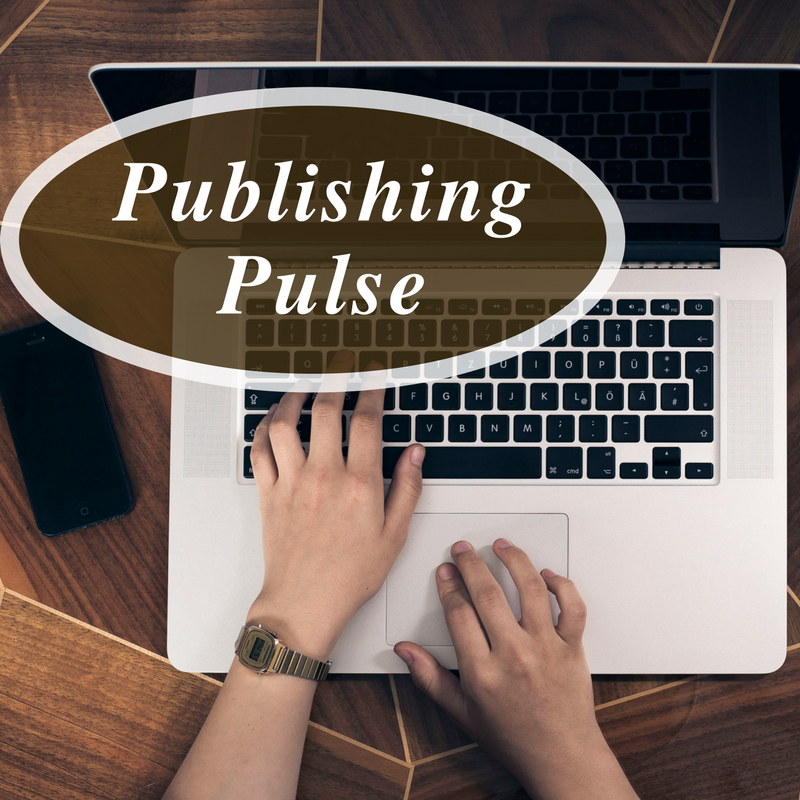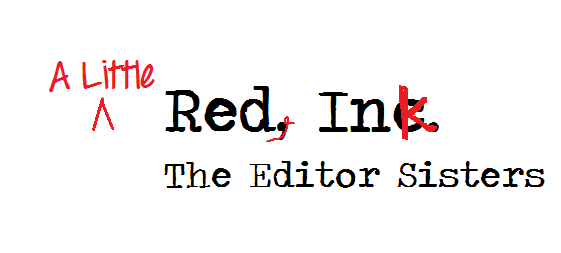
Guest Posts, Other Posts
What Kind of Editing Does Your Manuscript Need?
You finished writing your book, begged an avid reader to give you some input, and made revisions. Are you ready to…
August 26, 2022
You finished writing your book, begged an avid reader to give you some input, and made revisions. Are you ready to…
August 26, 2022
Writing a book is the literary exercise equivalent of taking a cross-country road trip. No matter how beautiful the…
May 16, 2020
We’re heading into a New Year. Perhaps you’ve finished a novel during Nanowrimo. Maybe you’re plotting a new story…
December 22, 2018
I recently finished making wording changes on a self-published book that had already been typeset and printed — or…
September 12, 2018
Yes. That’s right. Psychological. I promise not to go too deep. Please keep reading. In editing our own manuscripts,…
May 22, 2018
What is a proofread? I’m sure you know by now the importance of wisdom as you choose a freelance…
April 28, 2016